Horseshoe Crabs and Migrating Birds
Dwindling numbers of Horseshoe Crabs* in a protected area of South Carolina, US, are causing the dangerous decline of the Knot bird.
The Knot has one of the longest migrations of any bird travelling over 14,000km a year. The birds often rely on the plentiful eggs laid by Horseshoe Crabs to fuel these long journeys.
However the pharmaceutical industry’s reliance on Horseshoe Crab blood is putting more than just the crabs at risk. Horseshoe Crab blood is both important and valuable because it has the amazing ability to coagulate around contamination in vaccines and medical equipment.
Local environmental groups have called on judges to block pharmaceutical contractors for Charles River Labs, who work close to the refuge, from harvesting the crabs.
According to the court motion “The refuge, which was designed for the very purpose of protecting migratory birds like the red knot, no longer contains a sufficient number of horseshoe crab eggs to sustain migratory shorebird populations”.
Pharmaceutical companies claim that their use of the crab is actually beneficial as it has paved the way for many regulations on their capture and bleeding. However in the past these regulations have been side-stepped by companies, who would travel across state borders to harvest the crabs before returning and processing the caught crabs.
The Knot is already facing extreme challenges from sea-level rise, coastal erosion and general warming as its Arctic breeding habitat is changing faster than it can adapt.
We are currently seeing a regular decrease in bird weight and bill length as their environment becomes increasingly harsh. Sustainably managing Horseshoe Crab breeding areas will help to maintain the resilience of these birds, and protect them for future generations.
Climate change and human exploitation has complex consequences and if we want our children and grandchildren to live in a world with Knots, rather than not with Knots, we must act.
*Horseshoe Crabs aren’t technically crabs, but we like to think they’re sufficiently crabby to be considered as such.

